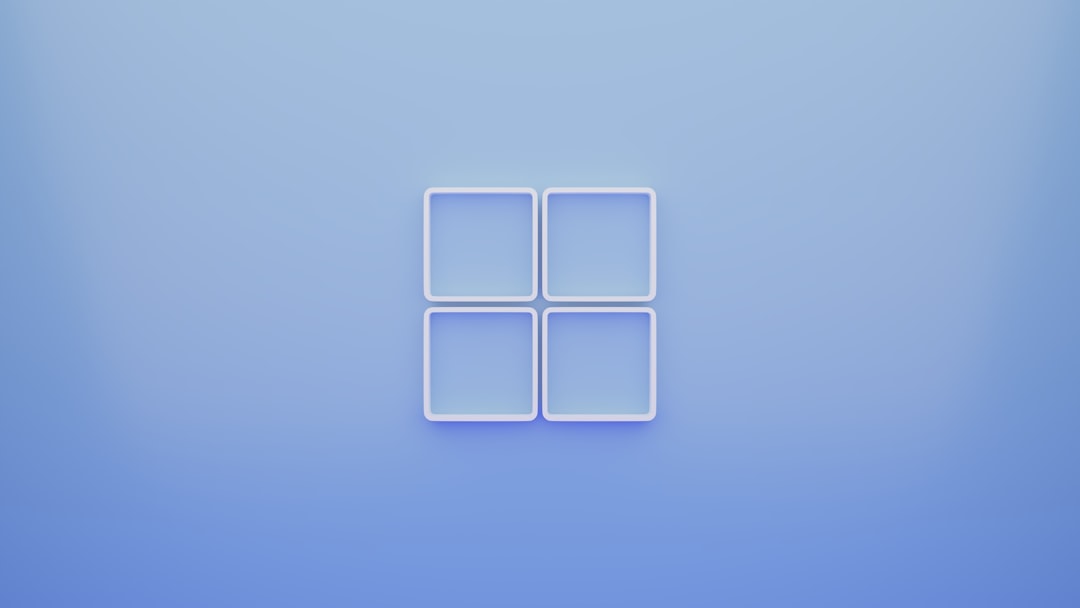Windows profile corruption or loading issues can be a recurring nightmare for IT administrators and everyday users alike. Have you ever encountered a message like, “You have been logged on with a temporary profile”? Or perhaps certain user settings refuse to save across sessions? These common issues are often linked to problems with user profile loading and unloading. Fortunately, a lightweight yet powerful tool from Microsoft known as User Profile Hive Cleanup Service (UPH Clean) can help resolve these annoyances.
What is UPH Clean?
UPH Clean is a utility created by Microsoft to assist in ensuring user profiles are properly unloaded from the system during logoff, preventing profile corruption. It operates silently in the background and logs the processes that keep user profiles from unloading properly, often due to a locked registry hive or leftover processes from a user session.
Why User Profiles Fail to Load Properly
User profile issues typically arise from these causes:
- Improper shutdown or system crash
- Registry hives remaining open after user logoff
- Corrupted NTUSER.DAT files
- Malfunctioning third-party software
- Permissions issues
When these problems occur, Windows may resort to creating a temporary profile, which means that any changes made by the user do not persist after a reboot. This is where UPH Clean comes in.
How UPH Clean Works
UPH Clean monitors the system for user logoff events. When a user logs off, the tool examines whether the profile’s registry hive can be unloaded. If something is holding onto the hive—be it a process, file, or driver—UPH Clean intervenes to identify and forcefully close the handle preventing the hive from unloading. It also logs detailed events to help you troubleshoot stubborn profile issues further.
How to Download and Install UPH Clean
To use UPH Clean, follow these steps:
- Visit Microsoft’s official site or a trusted repository to download UPH Clean (usually named UPHClean-Setup.msi).
- Run the MSI installer and follow the prompts.
- After installation, the service is set to auto-start by default and runs silently in the background.
- You can verify the service status via services.msc under the name “User Profile Hive Cleanup”.
Using UPH Clean to Troubleshoot Issues
Once UPH Clean is installed, it doesn’t require active management. However, to fully utilize its troubleshooting capabilities:
- Check event logs: Launch Event Viewer and navigate to the Application log. Search for entries from source UPHClean to see which processes were interfering with profile unloading.
- Identify common culprits: Antivirus software, custom shell extensions, and printer drivers are frequent offenders.
- Log analysis: If problems persist, review the log details and look for process names involved. Update or disable those components as needed.
Best Practices for User Profile Stability
While UPH Clean is a great tool, it should not be the sole strategy for handling profile issues. Here are a few additional tips:
- Apply the latest Windows updates to avoid outdated bugs causing profile problems.
- Use Group Policy to manage user profile settings correctly in domain environments.
- Encourage users to log off properly and avoid abrupt shutdowns.
- Regularly back up profiles in business environments as a precaution.
Limitations and Compatibility
While UPH Clean was an essential tool in Windows XP and Windows Server 2003, newer versions of Windows (starting with Vista) have built in similar mechanisms for handling user profile unloading. As such, the tool was formally discontinued post-Windows XP, but many IT professionals still use it in legacy environments.
For modern systems, Windows replaces UPH Clean functionality with improvements in how the system handles registry handles and logoff processes. However, if you’re maintaining older systems or using Windows XP in a virtualized environment, UPH Clean remains a valuable asset.
Conclusion
User profile issues are more than just annoying—they can result in data loss and reduced productivity. Tools like UPH Clean allow both IT professionals and tech-savvy users to resolve these issues efficiently. By ensuring user hives unload cleanly during logoff, this deceptively simple tool can dramatically improve the reliability of user sessions on your system. So the next time you come across a broken profile, consider giving UPH Clean a try—it might be the fix you didn’t know you needed.
- Favourite 4 Client Portal Tools That Designers Use to Share Drafts, Collect Feedback, and Keep Revisions Organized - December 21, 2025
- Top 5 One-Click Poll Tools Community Mods Use to Triage Ideas and Prioritize Rule Changes in Busy Subreddits - December 20, 2025
- Top 4 Mobile-First Animation Tools That Creators Use to Add Motion Graphics to Snapchat Story Panels Quickly - December 20, 2025
